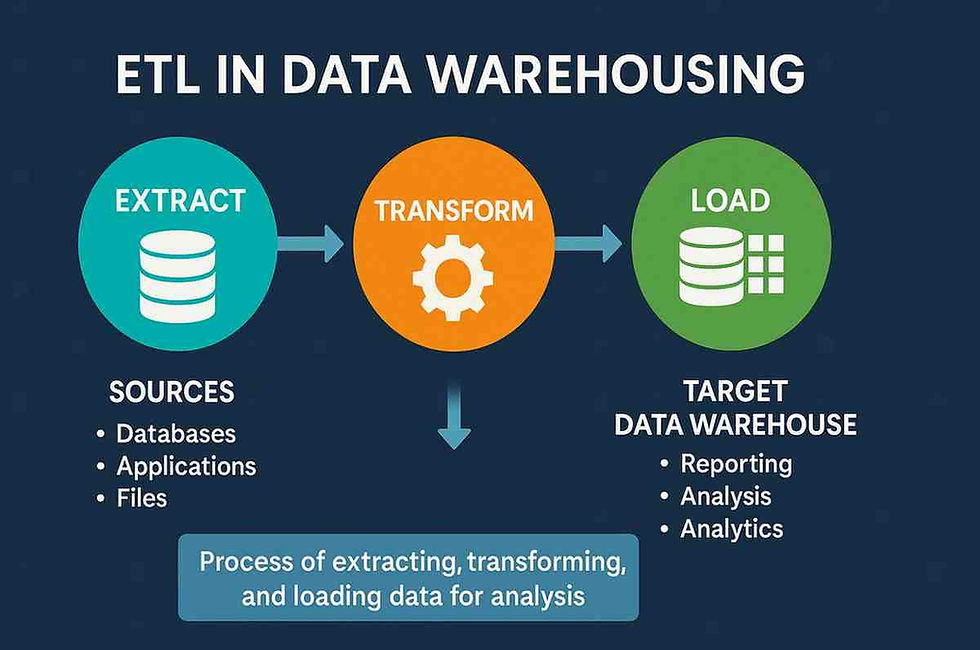Ultimate Guide to REST API Testing: Best Practices & Tools
- Gunashree RS
- Dec 17, 2024
- 5 min read
APIs (Application Programming Interfaces) have become the backbone of modern software systems, enabling seamless communication between different services and applications. REST (Representational State Transfer) APIs, particularly, have gained popularity due to their simplicity, scalability, and efficiency. However, ensuring their reliability and performance requires thorough testing.
This guide provides an in-depth overview of REST API testing, its importance, methodologies, tools, and best practices. Whether you're a developer, QA engineer, or a tester, you'll find actionable insights to enhance your testing approach.
What Is REST API Testing?
REST API testing is a method of verifying that APIs built using the REST architecture function as intended. Unlike traditional testing, which focuses on an application’s user interface (UI), REST API testing validates communication between different software systems.
REST APIs use HTTP methods to enable interactions such as retrieving, updating, or deleting data. Testing involves ensuring these requests and responses are correctly executed.
Key Objectives of REST API Testing:
Confirm data integrity and accuracy.
Validate response times and performance.
Ensure error-handling mechanisms work effectively.
Verify security and authentication protocols.

Why Is REST API Testing Important?
With the rise of microservices and distributed architectures, APIs have become critical. Here’s why REST API testing is essential:
Ensures System Reliability: APIs are often the backbone of communication. Failures can disrupt an entire application.
Prevents Data Leaks: Testing uncovers vulnerabilities that might expose sensitive data.
Improves Application Performance: Testing identifies bottlenecks and helps optimize performance.
Facilitates Seamless Integration: Validates communication between interconnected services.
Core Concepts of REST APIs
Understanding REST API fundamentals is crucial before diving into testing.
Key Characteristics of REST APIs
Statelessness: Each request from the client to the server must contain all information for the server to process it.
Client-Server Architecture: Clear separation between the client (frontend) and server (backend).
Cacheable: Responses can be cached to improve performance.
Uniform Interface: Resources are identified using URIs (Uniform Resource Identifiers).
Components of a REST API Request
Endpoint URL: The address of the resource.
HTTP Method: Determines the operation (GET, POST, PUT, DELETE).
Headers: Provide additional information like content type or authentication tokens.
Payload (Body): Contains data sent with POST or PUT requests.
Types of REST API Testing
Testing REST APIs involves multiple layers of validation.
1. Functional Testing
Validates that the API performs as expected for given inputs.
2. Integration Testing
Ensures seamless interaction between different APIs or systems.
3. Load Testing
Determines how the API performs under varying user loads.
4. Security Testing
Verifies that the API is protected from threats like unauthorized access, injection attacks, and data breaches.
5. Validation Testing
Confirms that the API meets functional, design, and performance requirements.
Key HTTP Methods Used in REST API Testing
1. GET
Retrieves data from a specified resource.
2. POST
Sends data to the server to create a new resource.
3. PUT
Updates an existing resource with new data.
4. DELETE
Removes a specified resource from the server.
5. PATCH
Partially updates a resource.
REST API Testing vs. UI Testing
Aspect | REST API Testing | UI Testing |
Focus | Backend logic and data flow. | Visual elements and user flows. |
Tools | Postman, Swagger, JMeter. | Selenium, Appium. |
Speed | Faster and requires fewer resources. | Slower and resource-intensive. |
Complexity | Requires knowledge of APIs and HTTP. | Focuses on user-friendly interactions. |
Common Challenges in REST API Testing
Inadequate Documentation: Poorly documented APIs make testing difficult.
Dynamic Data: Managing constantly changing data is a challenge.
Authentication Issues: Testing APIs with OAuth or JWT can be complex.
Error Handling: Ensuring APIs provide meaningful error messages.
Tools for REST API Testing
Here’s a list of popular tools for REST API testing:
1. Postman
An easy-to-use tool for manual and automated API testing.
2. SoapUI
Supports REST and SOAP testing with advanced features like assertions.
3. JMeter
Ideal for performance and load testing.
4. Swagger
Allows users to interact with APIs directly through its UI.
5. Rest-Assured
A Java library for automating REST API tests.
REST API Testing Frameworks
1. Karate
An open-source framework combining API testing and automation.
2. Newman
Postman’s command-line companion for running collections.
3. Pyresttest
A Python-based tool for testing REST APIs.
Best Practices for REST API Testing
Use Descriptive Test Cases: Document the purpose of each test.
Validate All HTTP Methods: Ensure each method performs as intended.
Handle Edge Cases: Test scenarios like empty requests or invalid data.
Prioritize Security: Test for common vulnerabilities like SQL injection.
Automate Repetitive Tests: Use tools to save time and reduce errors.
How to Write Effective Test Cases for REST APIs
Define the API endpoint and the expected behavior.
Specify the input data and headers.
Outline the validation criteria, including response codes and body content.
Include negative test cases to check error handling.
Automating REST API Testing
Automation streamlines repetitive testing tasks. Frameworks like Rest-Assured and tools like Postman’s Newman make it easier to:
Run tests at scale.
Integrate testing into CI/CD pipelines.
Generate detailed reports.
REST API Performance Testing
Steps for Performance Testing:
Define performance metrics like response time and throughput.
Simulate different user loads using tools like JMeter.
Analyze results to identify bottlenecks.
Security Testing in REST APIs
API security is critical, especially for sensitive data. Key areas to test include:
Authentication and Authorization: Validate OAuth, JWT, or API keys.
Input Validation: Prevent injection attacks.
Rate Limiting: Protect against abuse and DoS attacks.
FAQs
Q1. What are the key benefits of REST API testing?
It ensures system reliability, improves performance, and safeguards against security threats.
Q2. What’s the difference between REST API testing and SOAP API testing?
REST APIs use lightweight protocols like JSON, while SOAP relies on XML with stricter standards.
Q3. Can REST API testing be automated?
Yes, tools like Rest-Assured and Postman enable the automation of REST API tests.
Q4. How do you handle dynamic data in REST API testing?
By parameterizing test data or using mocks and stubs.
Q5. What’s a common status code in REST APIs?
200 (OK) indicates success, while 404 (Not Found) signals a missing resource.
Q6. How do I test REST APIs without documentation?
Use tools like Swagger or Postman to explore endpoints and responses.
Q7. What tools are best for REST API performance testing?
Apache JMeter and K6 are great for load and stress testing APIs.
Q8. Why is security testing important for REST APIs?
To prevent unauthorized access, data breaches, and injection attacks.
Conclusion
REST API testing is a vital component of modern software development, ensuring APIs perform as intended while maintaining security and reliability. By leveraging tools, frameworks, and best practices, developers and testers can create robust applications that thrive in a connected ecosystem.
Key Takeaways
REST API testing validates communication between systems.
Tools like Postman and JMeter streamline testing processes.
Best practices include testing all HTTP methods, handling edge cases, and prioritizing security.
Automation is essential for efficient testing.




Comments